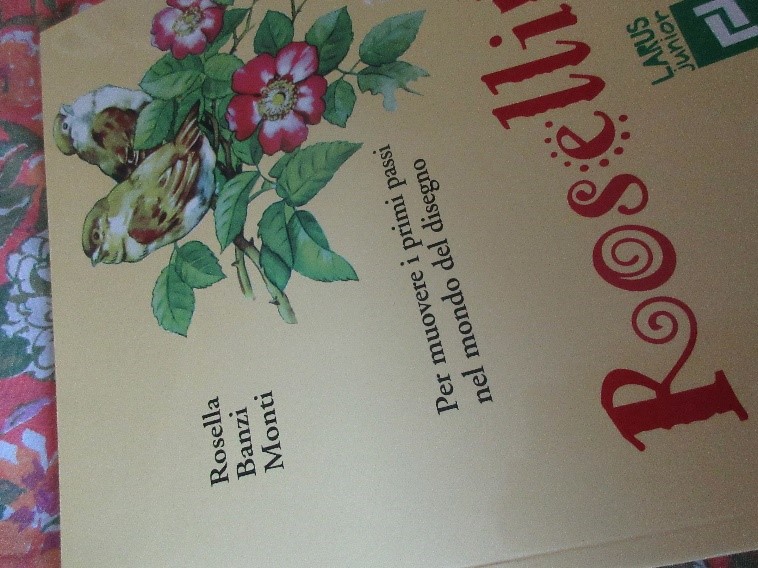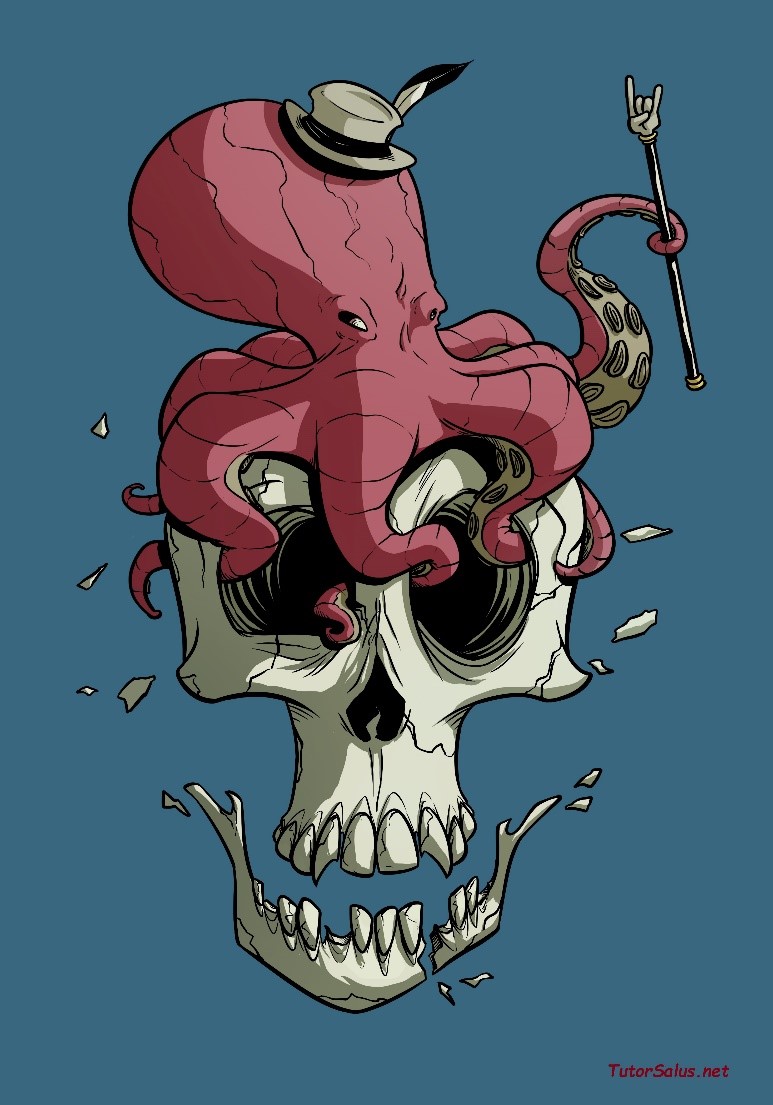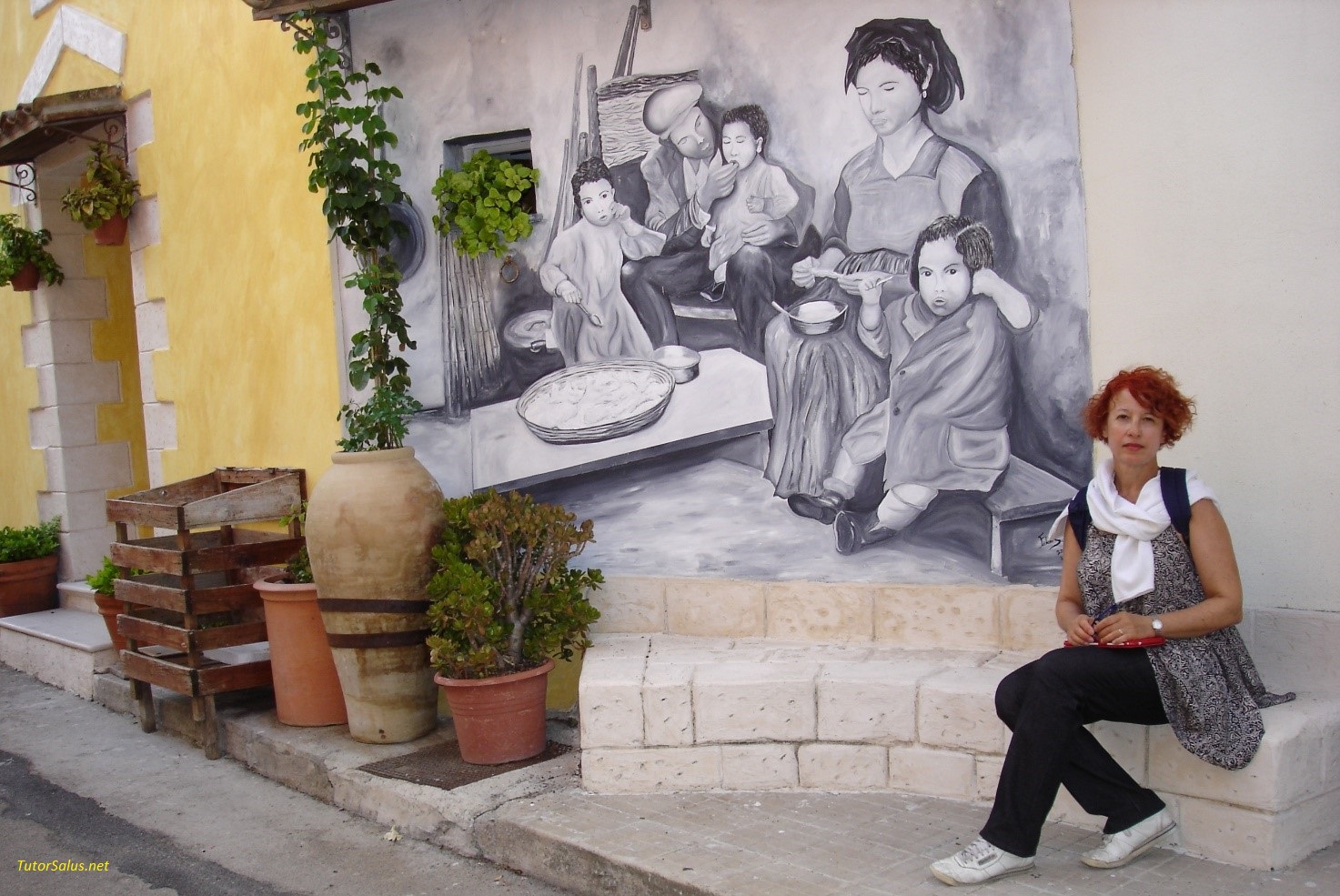“Musicophilia”(1) , Oliver Sacks.
How to distinguish psychotherapies from psychoanalysis.

Original painting by Stefano Frassetto (2)
“…And well before my thinking, hesitating when coming into times and shapes, could identify my home putting side by side circumstances, he – my body – already was remembering for each one of them the model of bed, where the doors stayed, to where the windows were looking at, the presence of a corridor…”(3)
It was an exciting intuition, in Proust, but suddenly slipped into a melencholic description and then seducing, i.e. without any real lack – or, in freudian terms without any ‘mourning’ : but exciting is still that memory of inhabitated spaces, maybe his experienced volumes and the presence of that experience first of all in our night dreams, and elsewhere.
When listening at music, for example is its rithm able to move something that our mind, not just our body, could have sometimes removed ? That is why music become a specific, deep emotional experience, even tested to amnesia and dementia (4).
Amnesias infact are specific for conscient thinking, while unconscious can’t suffer from them : and also his competence still remains in catching reality, even just a flash as the lack of only a past time is what the patients claim (5).
In moving diseases too, patients claim to be submitted to some obscure authomatism, without realizing who is the author for that : it can be seen as a paradox but learning a few musical sequences involving the body can make a good distance from the repetitivity of unintentional movements and check them. (6)
By a different way from night dream – as there aren’t any clear masking of our oneiric activity – music, or what a musical hearing moves in a subject, shows a hidden powerful reality that conscience can’t explain, confirming then the insufficience of the traditional term ‘destiny’.
A musical rithm can sweep away any mask to our unconscious, while conscience believes to separate and keep silent : but the coming back to surface that unconscious can act, as indefinitely going on to rule the body itself, suddenly happens as far as music is concerned. “Power of music, both as a joy and a catharsis, has to get to you suddenly…” (7) To do what, then ?
Why geting suddenly to someone?
Freud, who could play piano and liked Mozart, tried to compare musical hearing experience with the visible ones (8): “Art works deeply influence me, especially literature and plastic arts, less often painting. I’ve been induced then to remain more time in front of them when I had the opportunity, with the personal aim to know them my way, i.e. to realize their own way to produce their effects. When I’m not be successful in that – as far as music is concerned, for example – I’m almost unable to feel pleasure at all…”
It is a conspicuous text on individual authority, when thinking happens to be exposed to debilitation, i.e. a separation between emotion and intellectual : but Freud had already abandoned hypnosis as he did learn by the neurologist Charcot in neurosis treatment, because Freud believed it a way submit the patient.
Taking distance from psychotherapies – which prove to be umpowerful in front of an unpredictable but induced aggressivity of unconscious – psychoanalysis would definitely be oriented as “…an alternative for claim, ‘sui iuris’ e non ‘iuris’” (9).
Just three years before, in 1910, Freud accepted to meet the musician and composer Gustav Mahler, who was at that time seriously distressed. Mahler claimed that conversation with Freud, but also retracted a number of times their meeting : the ‘First Symphonia’ of 1889, maybe his most representative work known as ‘The Titan’, does get a risky and cruel meeting with the deep anxiety, which psychoanalysis avoids at all as a working method, by assuming any means available.
“Thanks to unconscious our body does experience new ways, that is new items… Analytical work is proposed to each subject as the opportunity for unconscious – made to be successful but previously failured – to be chosen again by the subject to be successful at last”. (10)
Marina Bilotta Membretti, Cernusco sul Naviglio April 23, 2021
[1] Oliver Sacks (1933-2015) has been physician and teacher of ‘Neurology and Psychiatry’ at University in U.S.A. He issued ‘Risvegli’ (1973), ‘L’uomo che scambiò sua moglie per un cappello’ (1985), ‘Musicofilia’ (2007) and others. ‘Ogni cosa al suo posto’ (2019) has been edited after his death.
[2] Stefano Frassetto is born in Turin in 1968. After his degree in Architecture at ‘Politecnico’ he begun as graphic novelist for local magazines. In the ‘90s he edited in France, on ‘Le Réverbère’ and on ‘Libération’ : then he created ‘Ippo’ for ‘Il Giornalino’ and then the stripe ‘35MQ’ for the swiss magazine ‘20 Minuti’. In 2000 he came into ‘La Stampa’ newspaper as portraitist for cultural page and the insert ‘Tuttolibri’, then for the weekly ‘Origami’. Today he works also for the swiss magazine ‘Le Temps’.
[3] ‘Alla ricerca del tempo perduto. I/ Dalla parte di Swann’, Marcel Proust (1913) by L.De Maria - Oscar Mondadori 2017, Translat. by G. Raboni, p.6
[4]‘Musicofilia’, Oliver Sacks (2009) Adelphi Edizioni Spa, pp.357-358.
[5] ‘Musicofilia’, Oliver Sacks (2009) Adelphi Edizioni Spa, pp.241-244.
[6] ‘Musicofilia’, Oliver Sacks (2009) Adelphi Edizioni Spa, p.287; p. 324-325.
[7] ‘Musicofilia’, Oliver Sacks (2009) Adelphi Edizioni Spa, p.377
[8] ‘Il Mosè di Michelangelo’, Sigmund Freud (1913), ‘Premessa’ pp.17-18/ Biblioteca Bollati Boringhieri 1976.
[9] ‘Lavoro dell’inconscio e lavoro psicoanalitico’, Giacomo B. Contri (1985) Ed. SIPIEL Milano, Collana ‘SIC - Il lavoro psicoanalitico’, p.12
[10] ‘Lavoro dell’inconscio e lavoro psicoanalitico’, Giacomo B. Contri (1985) Ed. SIPIEL Milano, Collana ‘SIC- Il lavoro psicoanalitico’, p.28






